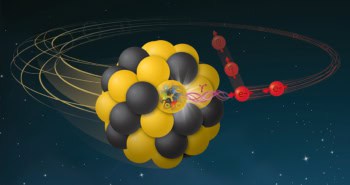
It feels like we are living through the most uncertain of times. Readers in the UK are facing the unknown turmoil of Brexit, while across the globe we are seeing seismic shifts in the socio-political landscape. And while we all must know by now that our planet is changing, we still don’t really understand what the impacts will be in the near- and far-future.
Against this turbulent backdrop, it can be difficult to predict what will happen next week, let alone what will make the headlines in the coming year. But our team of science journalists has risen to the challenge, and have picked out the projects, missions and research trends and that are set to make a splash in 2019.
Michael Banks: projects and missions
Particle physicists will be holding their breath in March, when the Japanese government is expected to announce whether it will host the International Linear Collider (ILC). Over a decade in the making, the ILC is pegged as the successor to CERN’s Large Hadron Collider (LHC). By colliding electrons with positrons, the 20 km linear collider is designed to study the Higgs boson, which was discovered in 2012, in unprecedented detail. A verdict to build the ILC in Japan was expected in December 2018, but the Japanese government postponed a decision late last year for further deliberations.
This year could also see commercial space travel really take off. In January, SpaceX is expected to test launch its Crew Dragon capsule. The craft, which will not have any astronauts on board, will dock and undock with the International Space Station (ISS). If all goes well, then that could be followed by the first crewed mission in June, which would end the US’s reliance on Russia to send astronauts to the ISS. Yet SpaceX is not alone in such endeavours. In March, Boeing is expected test launch it CST-100 Starliner crew capsule, with a possible first crewed mission by August.
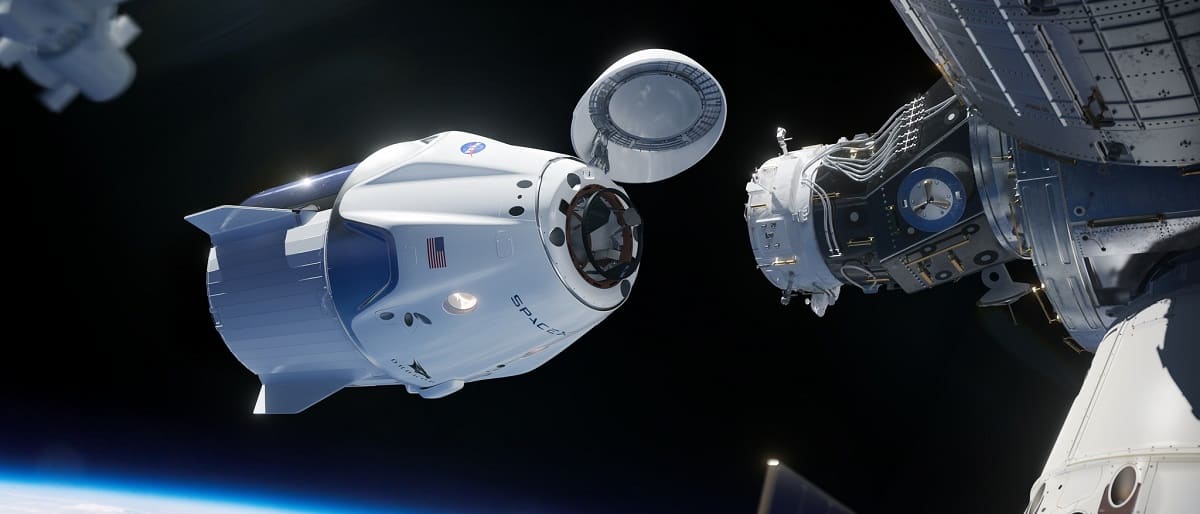
In the UK, all eyes will be on whatever Brexit deal – if any – is reached before the country pulls out of the European Union on 29 March. How that will affect physics remains to be seen, but it could be hit particularly hard under a no-deal scenario. A lot hangs in the balance, no less the UK’s involvement in Horizon Europe – the next seven-year European framework programme – as well as major initiatives such as the Galileo satellite constellation. Not to mention the ability for the country to attract the best scientists.
Tami Freeman: medical physics and the biosciences
Last year we saw the continued development and implementation of proton therapy. And 2019 will likely bring further advances – both in the technologies being developed for treatment planning and delivery, and in the ever-increasing number of installations.
In the UK, for instance, the first patient was treated with high-energy proton therapy in 2018, at the new Rutherford Cancer Centre in South Wales. And Rutherford Cancer Centres plans to open three more UK facilities offering proton therapy over the next 12 months. The first National Health Service proton therapy centre is also now open, at The Christie in Manchester. Indeed, The Christie will play host to the 2019 meeting of the Particle Therapy Co-Operative Group (PTCOG) in June.
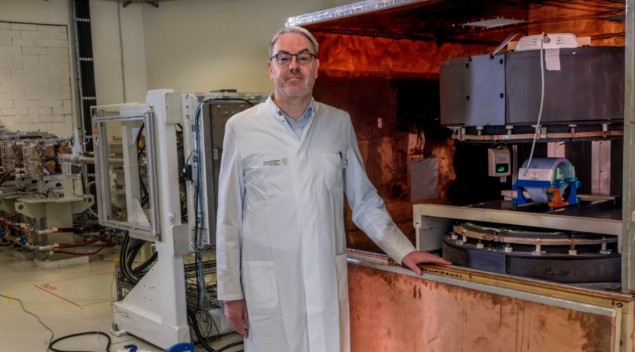
On the technology side, innovation continues in areas such as proton imaging, which should improve the accuracy of treatment planning. And perhaps we’ll also see more progress in MR-guidance for proton therapy, which is already being investigated and could ultimately enable real-time adaptation.
2018 also saw several fascinating developments in the field of neural engineering. For example, two independent studies reported on the use of electronic spinal cord stimulation to enable patients with lower limb paralysis to walk again. Elsewhere, researchers showed how a brain–computer interface can enable people with paralysis to control a commercial tablet computer with just their thoughts, enabling them to play music, send text messages, perform online shopping or just chat with friends. The coming year may well see many more breakthroughs in this essential field, bringing hope to people faced with paralysis that increased functional control may be possible.
Hamish Johnston: fundamental and applied physics
There seems little doubt that commercial quantum computing will keep growing in 2019 as more companies – big and small – enter the market. They will follow in the footsteps of IonQ, which spun-out of the University of Maryland in 2016 and has just launched its first product. IonQ’s system is the first commercial quantum computer to use trapped ions as qubits – previous systems from D-Wave, Rigetti, IBM and others use superconducting circuits to store and process quantum information. That different qubit technologies are still vying for commercial supremacy suggests that the quantum-computer industry is still in its infancy, but those technologies will now be tested in a nascent marketplace rather than just in the lab.

An important trend that will continue in 2019 is quantum computing in the cloud, whereby companies offer access to their systems via the Internet. An important benefit of this approach is that quantum computer users do not have to become conversant in the dark arts of cryogenics or ion trapping. In 2018, for example, nuclear physicists in the US used cloud quantum computing to calculate the binding energy of the deuteron. Expect more scientists to use quantum computers in this way in 2019.
The Large Hadron Collider (LHC) at CERN has just shut-down for two years as part of the planned high-luminosity upgrade. When completed in 2026, the upgrade is expected to boost the number of proton collisions by as much as a factor of 10. The LHC has been an extraordinary engineering success, so there is little doubt that CERN physicists will achieve their luminosity goal. The big question is whether nature will cooperate and provide particle physicists with interesting things to discover.
Liz Kalaugher: environment and energy
2018 saw headline-hitting hurricanes such as Florence and Michael, wildfires in the US, Canada, Russia, Sweden, Greece, the UK and Australia, along with extreme temperatures and drought. Unfortunately, with climate changing and an El Niño on the horizon, it’s likely that 2019 will see more of the same, maybe even worse. As attribution science progresses and it’s easier to link extreme weather events to carbon emissions, there could well be more legal cases claiming damages from major emitters.
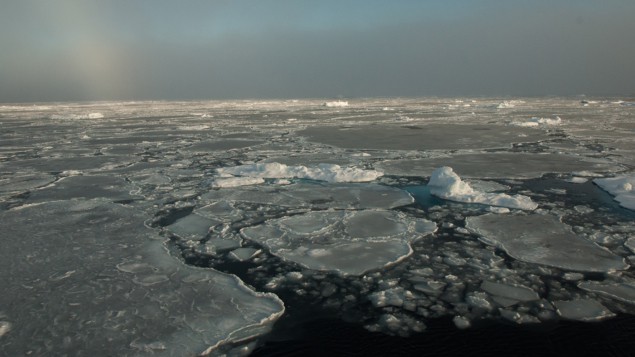
Arctic sea ice will hit its seasonal minimum extent in September. Given that, according to the US National Snow and Ice Data Center, the 12 lowest extents in the satellite era have all occurred in the last 12 years, it seems a reasonably safe bet to project that the 2019 extent will be one of the lowest. Next year it will be observed by ICESat-2, which launched in September 2018 and can measure ice elevations with an accuracy of around 1 cm. GRACE-FO, the Gravity Recovery and Climate Experiment Follow On, which was launched in May 2018, will also track ice sheets and glaciers, as well as sea, lake and river levels and soil moisture.
With human-enhanced natural disasters continuing and carbon emissions still rising, let’s hope that there’s a strong focus on solutions, including renewable energy and energy efficiency. It’s likely that debate around negative emissions technologies will continue. And, as discussed at the AGU Fall Meeting session on Geoscience Impact in a Complex World: Successful Collaboration with Social Scientists, it could behoove scientists to understand the political process and offer answers based on current science – rather than requesting more funding to provide information in five or 10 years’ time.
Anna Demming: materials science and technology
There are few real certainties in research, but it’s a pretty safe bet that graphene will continue to dominate the headlines throughout 2019. One specific milestone on the horizon is the roadmap that will be released by the Graphene Flagship as it reaches the midpoint of its 10-year €1bn funding, which will highlight the key achievements to date and set specific targets for the remaining five years. We can also hazard a guess that many of the efforts in 2D materials research will be directed at quantum properties and technologies, with the Quantum Flagship – another €1 billion 10-year project supported by the European Commission, launched in October 2018 – choosing 2D·SIPC (two-dimensional quantum materials and devices for scalable integrated photonics circuits) as one of its first 20 projects. And of course, following the Breakthrough of the Year we will be watching the burgeoning field of twistronics.
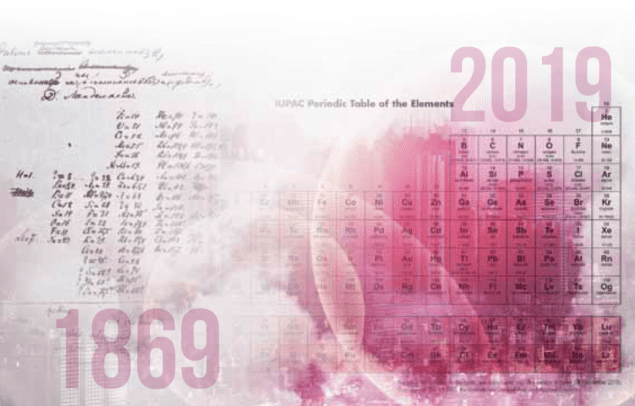
Throughout 2019 scientists will also be celebrating the International Year of the Periodic Table (IYPT2019), which marks the 150th anniversary of Dmitri Mendeleev’s discovery of the periodic table of elements. The year-long initiative will formally open in Paris on 29 January, with a ceremony featuring talks from the 2016 Chemistry Nobel Laureate Ben Feringa, the nuclear physicist who led on the discovery of element 118 “organesson” Yuri Organessian, and Nottingham University’s Martyn Poliakoff, a chemist working in fundamental discovery as well as environmentally friendly chemical processes. As part of the celebrations, 1001 inventions – a UK-based educational organization that works to raise awareness of the Golden Age of Muslim Civilisation – has teamed up with IYPT to produce learning materials that celebrate 8th century polymath Jabir ibn Hayyan, while in February a symposium at the University of Murcia in Spain will celebrate the role of women in populating the periodic table.
Elsewhere, I am willing to hedge a bet that the intense research in materials for energy will produce a new record for energy conversion efficiency in perovskite solar cells. The trend towards multifunctional materials will also gather pace, whether for “massless energy storage” or for real-time disease monitoring and treatment.
Thank you to all our editors for their predictions, and you can let us know on Twitter or Facebook whether or not you agree. From everyone here at Physics World, we hope you all have a very happy and successful 2019.


